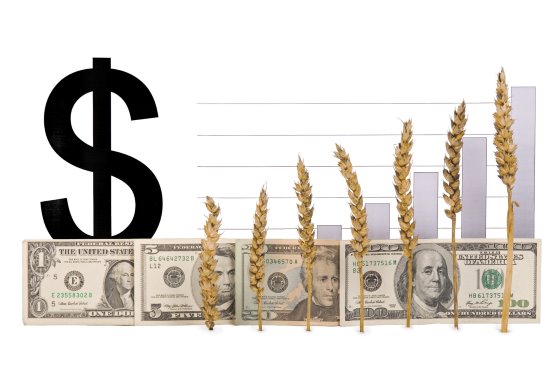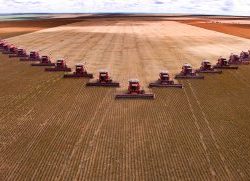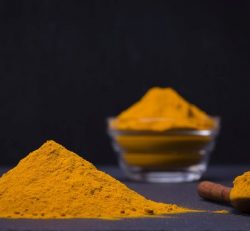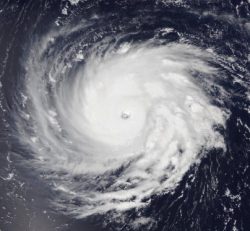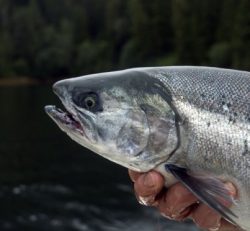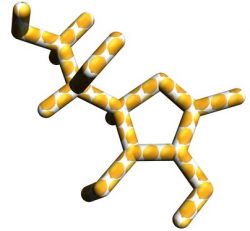GROWTH IN GLOBAL AGRICULTURE, LESS DEMAND FROM CHINA
A decade after the food price spikes of 2007/ 2008, conditions on world agricultural markets are very different. Production has grown strongly across commodities, and in 2017 reached record levels for most cereals, meat types, dairy products, and fish, while cereal stock levels climbed to all time highs.
This is according to the new edition of The Agricultural Outlook 2018-2027. The report was presented on July 3rd in Paris by OECD Secretary-General Angel Gurría and FAO Director General José Graziano da Silva.
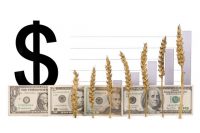
Population will be the main driver of consumption growth for most commodities, even though the rate of population growth is forecast to decline. Moreover, per capita consumption of many commodities is expected to be flat at a global level. Photo: Dreamstime
Weakened growth in China
The authors write that despite high production levels of commodities, demand growth has started to weaken. Much of the impetus to demand over the past decade came from rising per capita incomes in the People’s Republic of China (hereafter “China”), which stimulated the country’s demand for meat, fish and animal feed. This source of demand growth is decelerating, yet new sources of global demand are not sufficient to maintain overall growth. As a result, prices of agricultural commodities are expected to remain low. Current high stock levels also make a rebound unlikely within the next few years. The weakening of demand growth is expected to persist over the coming decade. Population will be the main driver of consumption growth for most commodities, even though the rate of population growth is forecast to decline. Moreover, per capita consumption of many commodities is expected to be flat at a global level.
Growth in feed is slowing down
The report states that demand growth for meat products is slowing due to regional variation in preferences and disposable income constraints, while demand for animal products such as dairy is set to expand faster in the coming decade. For cereals and oilseeds, the foremost source of demand growth will be feed, closely followed by food. A large share of additional feed demand will continue to come from China. Feed demand growth is nevertheless projected to slow globally, despite livestock production intensification.
Intensification and efficiency gains
Global agricultural and fish production is projected to grow by around 20% over the coming decade, but with considerable variation across regions. Strong growth is expected in Sub Saharan Africa, South and East Asia, and the Middle East and North Africa. By contrast, production growth in the developed world is expected to be much lower, especially in Western Europe. The growth in production will be achieved primarily from intensification and efficiency gains and partially from an enlargement of the production base through herd expansion and the conversion of pasture to cropland. With slower consumption and production growth, agriculture and fish trade is projected to grow at about half the rate of the previous decade. For nearly all agricultural products, exports are projected to remain concentrated among stable groups of key supplying countries. A notable change is the emerging presence of the Russian Federation and Ukraine on world cereal markets, which is expected to persist.
Middle East and North Africa
This year’s special chapter in the report focuses on the Middle East and North Africa, where rising food demand and limited land and water resources lead to rising import dependence for basic food commodities. Many countries spend a large share of their export earnings on food imports. Food security is threatened by conflict and political instability. The region’s agriculture and fish production is projected to increase about 1.5% p.a., mainly through productivity improvements. Policies in the region support grain production and consumption, with the result that 65% of cropland is planted with water thirsty cereals, in particular wheat, which accounts for a large share of calorie intake. Diets are projected to remain high in cereals and sugar, with low protein intake from animal sources. An alternative approach to food security would reorient policies away from supporting cereals towards rural development, poverty reduction and support for production of higher value horticulture products. Such a change would also contribute to more diversified and healthier diets.
The Agricultural Outlook 2018 2027 is a collaborative effort of the OECD and FAO prepared with input from the experts of their member governments and from specialist commodity organisations. It provides a consensus assessment of the 10 year prospects for agricultural and fish commodity markets at national, regional and global levels.
Emmy Koeleman
Editor: All About Feed & Dairy Global
Source: www.allaboutfeed.net


